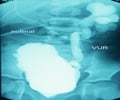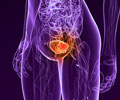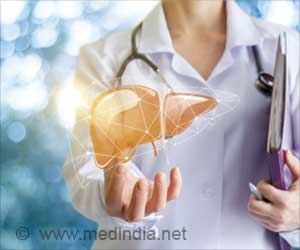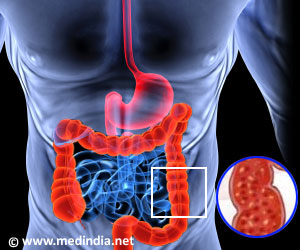Understanding and treatment of Interstitial cystitis, a painful and difficult-to-diagnose bladder condition, is now the main objective of scientists at Wake Forest Baptist Medical Center.

The team's initial work, published online ahead of print in the Journal of Urology, found that tissue from IC patients with low bladder capacity had a significantly different gene expression profile than both IC patients with normal bladder capacity and study participants without IC. The findings suggest there may be a sub-type of IC.
"This is the first study to document functional genomic variation based solely on bladder capacity," said Robert J. Evans, M.D., a co-author and IC specialist in Wake Forest Baptist Urology. "Interstitial cystitis is notoriously difficult to diagnose. In fact, one report found that it takes the average patient eight years and seeing five doctors to be correctly diagnosed. The identification of biomarkers to improve diagnosis or treatment would be a significant breakthrough for patients and physicians."
IC, also known as bladder pain syndrome, is a condition in which the bladder lining is tender and easily irritated. Symptoms can include severe pelvic pain, urinary urgency and frequency and painful sexual intercourse. IC is often misdiagnosed as other conditions such as endometriosis, kidney stones or chronic urinary tract infections. The condition affects an estimated three to eight million women and one to four million men in the United States.
For the study, researchers analyzed bladder biopsies from 13 patients diagnosed with IC and three patients without the condition. The biopsies were sorted into three groups: low bladder capacity (less than 13 fluid ounces as tested under anesthesia); bladder capacity above 13 ounces; and non-IC patients. Using microarray analysis, which allows gene expression profiling on a "whole genome" scale, the researchers looked for similarities and differences in gene expression between groups. The analysis tells researchers which genes are turned "on" and which are turned "off."
The results showed a highly significant difference between low capacity patients and both the normal capacity and control patients. The low capacity patients had genes related to inflammation and immune signaling turned "on." The results may reflect a fundamental difference in disease processes.
Based on these early results, the team is conducting further research with the aim of identifying and validating a biomarker to aid in diagnosis and treatment of IC.
Source-Eurekalert
 MEDINDIA
MEDINDIA
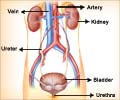
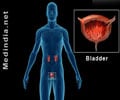


 Email
Email
